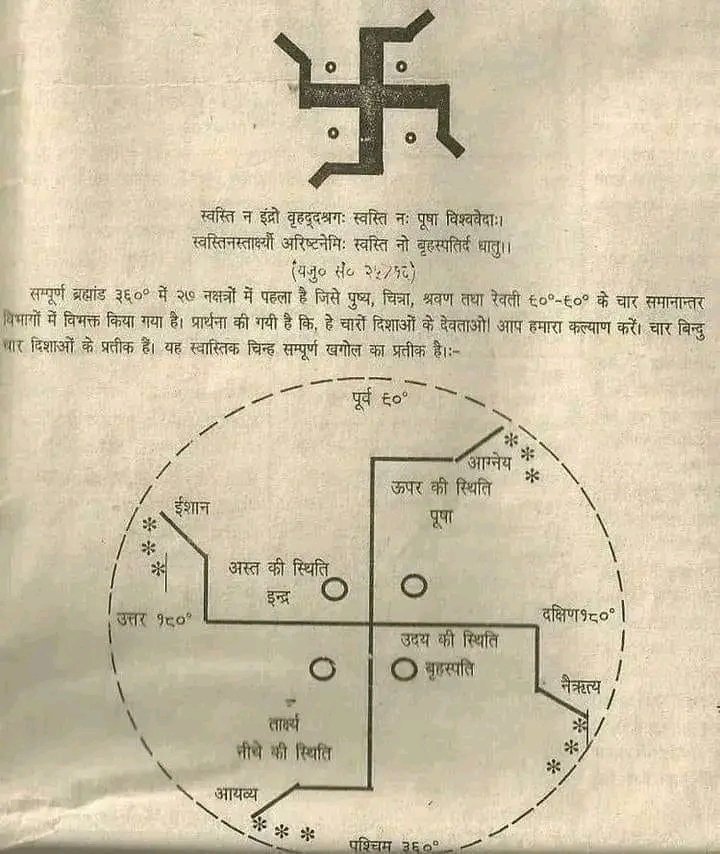Why is Swastika made before every auspicious work, know its reason and secret?
Swastika has been considered a symbol of auspiciousness and auspiciousness in Indian culture since ancient times. In Hindu religion, Swastika symbol is definitely made before any auspicious work. The word Swastik is made up of the words Su+As+Ak. ‘Su’ means good or auspicious, ‘As’ means ‘power’ or ‘existence’ and ‘Ka’ means ‘doer’ or doer. Thus, the word ‘Swastika’ means a particular person or caste. No, rather the feeling of welfare of the entire world or ‘Vasudhaiva Kutumbakam’ is implicit.’Swastika’ means ‘Swastika is the symbol of good health or well-being. Swastika consists of two straight lines intersecting each other, which bend later on. Even after this, these lines are slightly bent forward at their ends. This shape of Swastika can be of two types. The first Swastika, in which the lines point forward and turn to our right. It is called ‘Swastika’. This is an auspicious sign, which indicates our progress.Swastika has been considered a symbol of Sun in the hymns of Rigveda and its four arms have been compared to four directions. In the book named Siddhantasar, it has been considered as a symbolic picture of the world universe. Its central part is depicted as the lotus navel of Vishnu and the lines are depicted as the four faces, four hands of Brahma and four Vedas.In other texts, the four yugas, four varnas, four ashrams and the signs that keep the social system alive and individual faith alive and the four rewards of religion, artha, kama and moksha have been said to be imbued in Swastika. After joining the four lines of Swastika, the point formed in the middle is also defined by different beliefs.
Sakar worshipers believe that if the four lines of the Swastika are equated with the four heads of Lord Brahma, then consequently the point in the middle is the navel of Lord Vishnu, from which Lord Brahma emerges.
Swastika contains the powers of Lord Ganesha and Narada. Swastika is considered to be the seat of Lord Vishnu and Surya. The left part of the Swastika is the place of power of Ganesha and the ‘Gam’ seed mantra.











